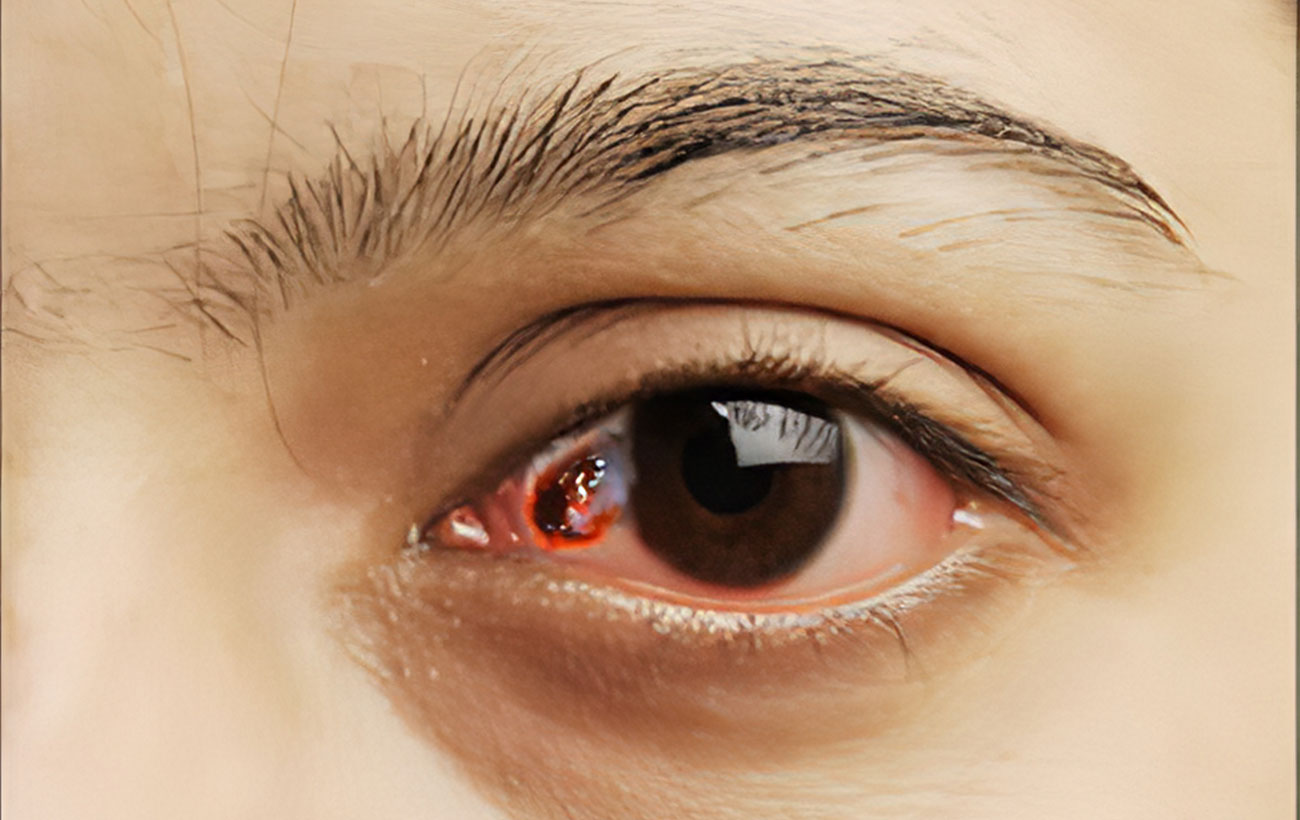
Color vision deficiency (also called color blindness) is a vision disorder in which a person sees colors differently than other people see them or has difficulty distinguishing shades of some colors. The disorder occurs when malfunctioning receptor cells for color in the retina (the light-sensitive membrane lining the back of the eye) transmit incorrect information about color to the brain.
Color vision deficiency is a common disorder that is usually inherited. Although women can carry the gene for the common form of color vision deficiency and pass it on to their children, men are more often affected by the disorder. Difficulty distinguishing colors can develop when normal age-related changes in the lens of the eye cause it to darken, impairing a person’s ability to see differences between some colors. The disorder can also result from a disease or injury that damages the eye or the optic nerve, or from degeneration of the retina or the optic nerve.
Treatments
Although there is no cure for color vision deficiency, your ophthalmologist can recommend steps you can take to deal with the problem, such as learning to recognize colors by brightness or location. For example, to read traffic signals, you remember that the red light is on the top and the green light is on the bottom. Some people who have difficulty distinguishing shades of red and green may benefit from using tinted prescription glasses.





